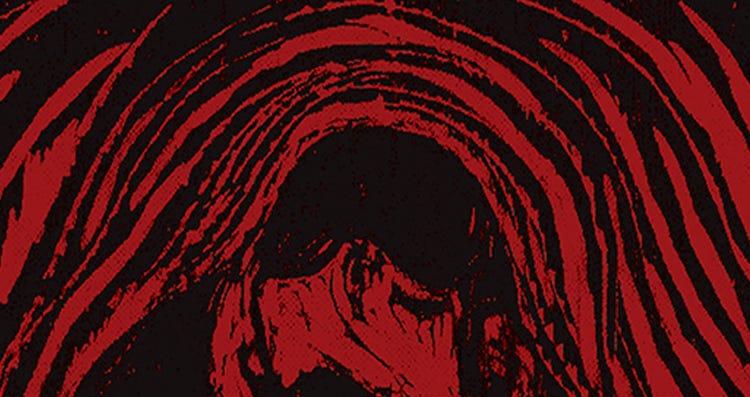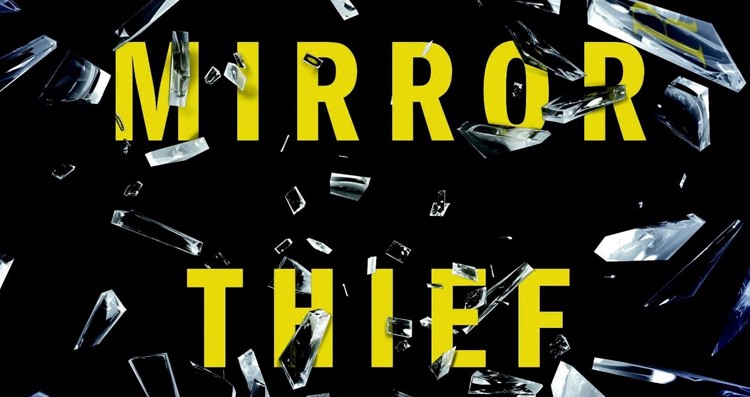Books & Culture
The Bard at Work
In Jason DeBoer’s Annihilation Songs, the common trope of reimagining a crucial volume is turned it on its head

In 2010 I was asked to teach a community college Kerouac class in his hometown of Lowell, Massachusetts. I didn’t have much knowledge of his work, but my punk rock background, I guess, made me the adjunct most qualified to teach his stuff. So I dove in, reading his novels one by one over a few months. While I’m not crazy about the guy, his writing, or the imitators he spawned, I became fascinated with presentation: all of his novels were intended to be read as one long narrative. But they weren’t written in the intended order– kinda like Star Wars, or William Vollmann’s “Seven Dreams” series — nor were they published in sequence. In other words, three distinct chronologies exist in Kerouac’s written work: intent, publication and authorship. Modern readers don’t follow the intended path and are none the wiser.
It was during this class that I became reacquainted with the work of William Burroughs. My initial Bill phase came on the cusp of college, when I was trying to fly a tarp of identity using bands, authors and directors to stake down the corners. Naked Lunch was a cool movie to like, so I chased down the book, as well as several others which I tried without much success to navigate. I had a pat response when asked about the man: “He invented the cut-up method, so I give him credit — but that doesn’t mean I have to read the stuff.”
But during one of my Kerouac prep sessions I had several books open and a football game playing on the television and two fantasy teams on my laptop while I texted a friend about Belichick’s failed fourth-and-two. Burroughs made more sense to me after that.
I’ve never been a theory guy, but the rearrangement of elements in both Burroughs and Kerouac at least resembles neutral monism, which says that everything is essentially made of the same stuff, even if it can be arranged in a certain physical way (like cut-up) or mental way (like the multiple orders of Kerouac).
Enter Jason DeBoer, a polymath director/writer whose new book, Annihilation Songs, takes the common trope of reimagining a crucial volume and turns it on its head by forging three new stories from Hamlet, the Tempest and Two Gentlemen of Verona, using only text from each source play.
I know, I know — it sounds precious, precocious, especially when taking into consideration some of the buzzwords DeBoer mentions in his author’s note: reintegration, restructure. Exercises in form can be engaging; they can also be tedious and fun-sucking. And I’ve never been crazy for Shakespeare. In college, it took me three tries to pass a course about the Bard and his work — I could get the gist of plays by watching them on VHS, but was never enraptured by the language like his ardent admirers.
But like the aforementioned Kerouac and Burroughs examples, there’s much more to consider than I initially thought. As unlikely as it sounds, there’s all the beauty and brutality, here reimagined for us to once again turn over in hand — even as it’s simultaneously the same stuff. Such is the power of the language therein.
Take the first of the three, “Puzzles of War,” which draws on the text of Hamlet. An army private named Cornelius is enlisted to dig mass graves following the battle of Normandy. On the brink of losing his sanity as “(t)he Norman sun made the dead bloat and split open…. like fat puppets with their strings cut” he kills his commanding officer, and absconds to a chapel wherein he finds a woman desperate to keep the memory of her deceased husband alive using any necessary means. All the while, the private reads a book on Nero and the fall of Rome.
The Nero text-in-a-text comments on Cornelius’s plight and brings to mind Tales of the Black Freighter, the comic-in-a-comic which comments on the main action in Alan Moore and Steve Gibbons’ Watchmen. The mood of Freighter is decidedly grim, what with its apocalyptic color scheme and with a cadre of sharks devouring a raft made of human corpses. DeBoer’s reimagination of Hamlet is similarly grim, both in its main and metatextual components — and the latter offers a wink. DeBoer knows how the concept of rearrangement sounds to skeptics. But he goes on.
The power of “Puzzles of War” comes from the same well of language — the same stuff — from which Shakespeare drew. As a modern reader, it’s easy to get tripped up by Shakespeare’s words and rhythms. Throughout DeBoer’s three reimaginations, I was struck by both the beauty and the modernity of his assembled verbiage. My conception of Shakespeare — like many readers, I suspect — has some roots in difficulty because of the age of the plays, and because, as the old chestnut goes, the stuff was meant to be seen, not read (once again, I’m reminded of checking out VHS copies from the college library to try to make head or tail). To say that there are surprises in Shakespeare after all this time and thought seems impossible, but DeBoer’s reordering of the prose draws attention not to the structure of the plays, or the characters therein, their plots, but to the language itself. And this is done in such a way that throughout I was not only dazzled by the way in which DeBoer pieced found fragments together, but the connotation of words, which had changed over time.
Witness this sample from “Here Swims A Most Majestic Vision,” which draws from the text of The Tempest:
“Often, she thought it was no rift between them, but a coil of closeness, and irreparable discord in which the hurt was tended between them as some fertile indulgence.”
Certainly the tortured psyche of Caliban in the source material carries some of the same twisted weight which DeBoer imbues here. But using words chosen five hundred years ago, Shakespeare, via DeBoer, discusses relationship dysfunction with modern nuance. Certainly we can look critically at characterizations in Shakespeare plays and apply our modern ideas to them; DeBoer reimagines different ideas that share a similar resonance — and he does so by using the same language. To me, this tonal similarity is the most fascinating thing about DeBoer’s successful experiment: that the feelings contained in these stories are just as strong and true as those in their sources, no matter the arrangement or lens.

I understand if this all sounds a little Pierre Menard. I was skeptical at first, too. But these aren’t just rote experiments — they ring out. Annihiliation Songs is transcends the ‘exercise’ tag in its readability and craft while yielding reflection long after its covers are closed.









